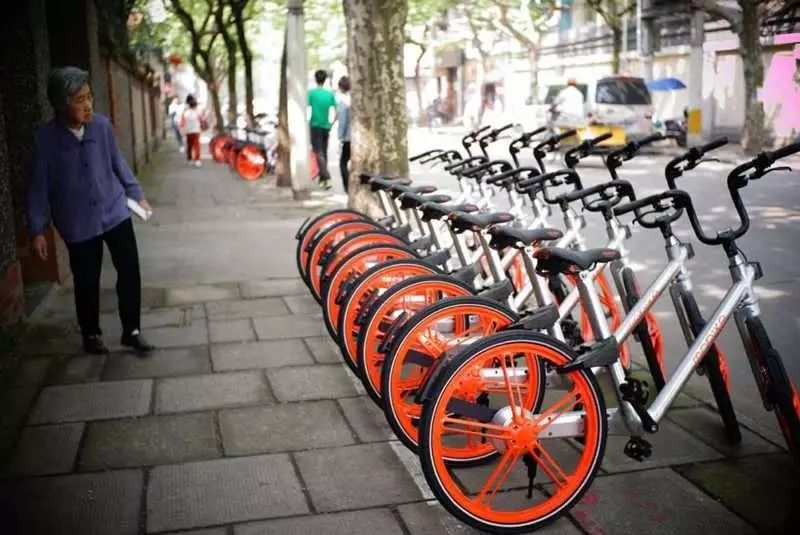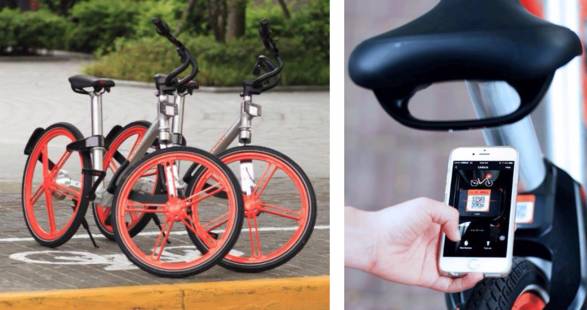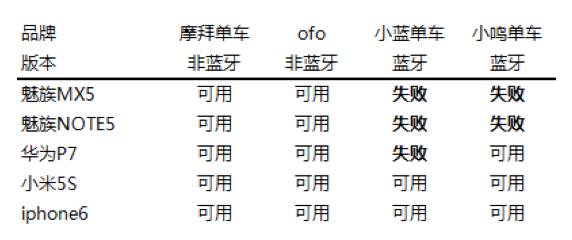
This article is authored by: Wang Feng
Source: IoT Jianghu (WeChat Official Account: iot521)
Compared to cellular networks, the standards of IoT are complex and constantly changing. This article attempts to clarify the principles, characteristics, and application scenarios of different IoT standards through the evolution of smart bicycle locks.
First, let’s look at the main business applications of IoT. The main characteristics of LPWA services include low power consumption, low cost, low throughput, extensive coverage, and a huge number of involved terminals. Typical applications include meter reading, environmental monitoring, logistics, asset tracking, etc., which are the main market for global operators competing for connections.
So, what IoT communication technologies support LPWA services? LPWA carrying technologies include IoT technologies based on 2/3/4G, such as GSM, GPRS, and LTE; IoT technologies optimized for LTE, including LTE Cat 1 optimized for cost, LTE Cat 0 and eMTC optimized for cost and power consumption; and IoT technologies based on new air interface designs, such as NB-IoT; and non-cellular technologies like LoRa and Sigfox.
Finally, let’s examine how to differentiate between several network standards using the smart locks of smart bicycles.
1
SMS Unlocking, GSM Module
The first generation of Mobike shared bicycles was equipped with a GSM module. Users scan the QR code on the bike with their mobile phones, and after about 10 seconds, the motor drives the lock and with a “click”, the lock is successfully opened.
The principle of the GSM module is to use SMS for unlocking, making the smart lock similar to a feature phone with a SIM card. The 10-second unlocking time corresponds to the SMS delivery time.
The SMS unlocking method has its advantages, such as stable unlocking that does not require GPRS/3G data.
However, it also has significant disadvantages. For instance, the lock needs to maintain a long connection with the network, meaning this “phone” must always be powered on to receive signals. Currently, the standby time of GSM terminals (excluding services) is only about 20 days, and the power consumption during this period must be converted into energy through other means for recharging.
2
GPRS Unlocking, GPRS/3G Module
Next, the unlocking speed of shared bicycles has significantly improved, mainly using a method where the server unlocks via GPRS/3G data.
The advantage of GPRS unlocking is a noticeable reduction in waiting time, from about 10 seconds with SMS unlocking to under 3 seconds, enhancing user experience. Additionally, with the decreasing cost of data, it becomes cheaper than SMS during frequent use, and the amount of information obtained is also greater.
The disadvantage of GPRS unlocking is that if a 3G or 4G module is used, the cost of the 4G communication module is too high, generally over 200 RMB. With the rise of IoT, although there are already several cellular communication module manufacturers in China, the high power consumption and cost issues of existing cellular communication technologies still make them less advantageous than other standards.

3
Bluetooth Unlocking, Short-Range Connection
The principle of Bluetooth unlocking is to verify through the service layer, where the mobile phone downloads an encrypted command package and then sends it to the Bluetooth, completing the unlocking process. This allows the phone to interact directly with the lock through a short-range connection.
Pure Bluetooth unlocking has many drawbacks. Firstly, the compatibility of Bluetooth chip versions among different mobile phone manufacturers (mainly referring to Android phones) is quite poor. If Huawei can unlock, Meizu and Xiaomi may not, and there are dozens of Android phones on the market, even within Huawei’s different versions, there are compatibility issues, mainly due to the significant differences in the purchased Bluetooth chips.

Taking Xiaolan and Xiaoming bicycles as an example, the failure rate is as high as 80% except for iOS systems, and the failure rate of Bluetooth is relatively high.
The advantage of Bluetooth unlocking is that it can assist in unlocking through data. The server only needs to connect to the user’s phone using data, and then the phone’s Bluetooth sends the unlocking command to the smart lock. This greatly reduces the power consumption of unlocking and does not rely on the signal strength of the module in the lock, improving stability. The data speed of 4G phones also ensures unlocking time, resolving issues like unstable unlocking, slow unlocking time, and power consumption.
Of course, a major issue with Bluetooth unlocking is that users need to manually turn on Bluetooth and accurately locate the corresponding vehicle.
4
LTE IoT Unlocking, eMTC/NB-IoT Module
On May 23, the first eMTC/NB-IoT/GSM (LTE Cat M1/NB1 and E-GPRS) multi-mode outdoor testing was launched in China, with Mobike participating in the multi-mode LTE IoT outdoor test.
eMTC/NB-IoT focuses on the low-power wide-area (LPWA) IoT market and is an emerging technology that can be widely applied globally.
Let’s first look at its significant advantages compared to the aforementioned IoT standards.
Firstly, low power consumption can be achieved through physical layer optimization, new power-saving features, high-level protocol optimization, and operating system optimization in software; hardware low power consumption can be achieved through improved integration, component performance optimization, and architecture optimization. The end result is that the theoretical battery life of the terminal can reach 10 years.
Secondly, low cost. Compared to the 20 USD cost of 3G modules, multi-mode LTE IoT modules can halve the cost through large-scale commercial use. Currently, the price of NB-IoT chips at a production level of around one million is 5 USD each, and at the level of tens of millions to billions, the price can drop to 1 USD each. Additionally, the operators’ subsidy policies for modules will significantly reduce product prices, and the costs of chips and modules will decrease in the short term, thus replacing traditional GSM and GPRS communication module scenarios and accelerating application deployment.
Thirdly, extensive coverage. The coverage radius of NB-IoT is about four times that of GSM/LTE, while eMTC has a coverage radius about three times that of GSM/LTE.
Fourthly, massive terminal connections. After optimization, eMTC/NB-IoT can achieve approximately 50,000 connections per cell.
However, the choice of eMTC/NB-IoT for Mobike also has significant disadvantages. The most straightforward expression is that it is using a small horse to pull a big cart.
NB-IoT is more suitable for applications like meter reading. Deploying NB-IoT on shared bicycles presents some challenges; the base station switching and power consumption are not significantly better than 2G, and it is not superior to eMTC either. Its support for data rates is poor, and mobility is weak; in real-world testing, it cannot meet speeds exceeding 30 km/h. This could pose limitations for shared cars and even the courier industry.
Considering factors like network latency, base station switching, and power consumption, shared bicycles are more suitable for eMTC applications, but shared bicycles do not have a high demand for bandwidth. From the perspective of bandwidth supply and demand, shared bicycles do not require a rate of 1 Mbps, making eMTC seem not entirely suitable for shared bicycle applications.
Therefore, joint networking may be a good approach. In the future, more application scenarios will use the complementary nature of NB-IoT and eMTC, and even require short-range connection complements. In summary, through the combination of NB-IoT and eMTC, along with 2G and eSIM, it is possible to meet Mobike’s multi-scenario application needs.
Through the story of Mobike’s smart lock, we see that future networking methods are not a binary choice; different vertical industries and application scenarios will still have a long way to explore in selecting network standards. As the industry develops, there is no so-called perfect solution, and multi-mode cellular IoT modules that support various connection technologies like 2G/NB-IoT/eMTC may become the mainstream in the short term.
Network Optimization Mercenary Submission Email: [email protected]
Long press the QR code to follow

On the road of communication, let’s walk together!